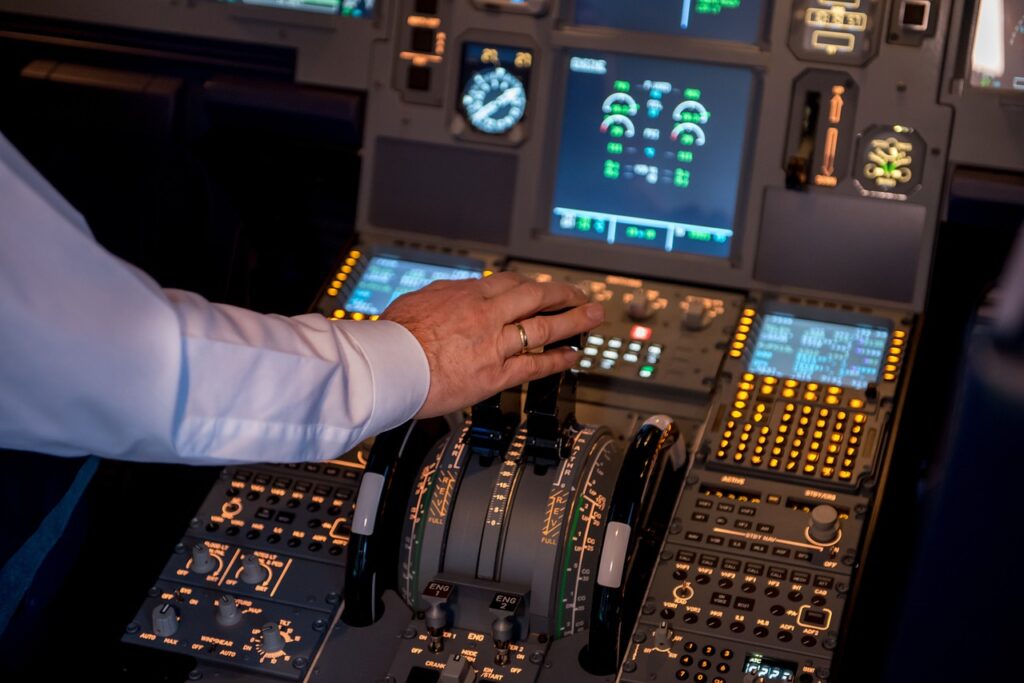
Strong performance in the aerospace sector coupled with growth in defense is fueling revenue growth at Thales. Despite ongoing supply chain issues and a war in Ukraine, the company reported that sales rose 4.5 percent to EUR12.9 billion for the first nine months of 2023.
However, order intake for the period dropped 20 percent to EUR12.4 billion compared to EUR15.4 billion for the first nine months of 2022. Despite the challenges, the company remains confident it can navigate the difficulties and reach its organic sales growth goal of 5 percent to 7 percent for 2023.
Under its current strategy, Thales is focusing more and more on the aerospace, defense, and digital security markets. The company announced in August 2021 that it was divesting its Ground Transportation unit, which focuses on railway signaling, to Hitachi Rail for about $2 billion. The deal finally cleared its last hurdles in the UK and EU in late 2023 and is set to close shortly. With the rail unit out of the way, management can better concentrate on developing its high-tech core markets.
With aerospace markets growing, Thales moved to acquire Cobham Aerospace Communications (AeroComms) for $1.1 billion as it seeks to strengthen its avionics portfolio. Cobham Aerospace Communications is a leading supplier of cockpit communication systems, including digital audio-radio management systems, satellite communications, antennas, lighting, and clocks for both civil and military aircraft. The market for connected cockpits is expected to be a growth area for the aviation industry and with this purchase, Thales is gaining a strong foothold.
Defense is expected to remain strong for the company following Russia’s invasion of Ukraine. Military budgets are rising in Europe and around the world in response. This growth in local markets will help fuel continued growth for the unit, which has seen much of its recent success linked to more international markets.
Thales has expanded its US operations, adding new businesses to its portfolio, such as sonar specialist Advanced Acoustic Concepts and cybersecurity developer Imperva. The company is also experiencing strong demand for its products, most notably its Combat Net Radio program (a modernized SINCGARS), which has a potential lifetime value of $6.1 billion. Overall, Thales is well-positioned to benefit from increased US spending on defense modernization and cybersecurity in the future.
In the space sector, Thales Alenia Space, a joint venture majority-owned by Thales with partner Leonardo, is seeing strong demand for its products and services from both the government and commercial sectors. In the government sector spending is rising on satellites, communications systems, and defense modernization. Meanwhile, the commercial sector is seeing demand for telecommunications, navigation, and Earth observation satellites. Looking ahead the unit is developing a range of small satellite platforms to feed the need for more cost-effective and easier to build and launch systems.
Thales has been expanding abroad primarily through teaming and joint ventures, with sales and partnerships in Asia, Australia, the Middle East, and emerging markets yielding results. This is largely due to coattail wins associated with the Dassault Rafale aircraft, which has been exported to several countries in these regions.
However, Thales faces stiff competition from other Western manufacturers that are also pursuing this strategy. Price competitiveness and a willingness to team and provide offsets will be essential for Thales to succeed in this environment. The company has a proven track record of partnering with other companies, which could be a mitigating factor in future competition.
A military history enthusiast, Richard began at Forecast International as editor of the World Weapons Weekly newsletter. As the Internet grew in importance as a research tool, he helped design the company's Forecast Intelligence Center and currently coordinates the EMarket Alert newsletters for clients. Richard also manages social media efforts, including two new blogs: Defense & Security Monitor, covering defense systems and international issues, and Flight Plan, which focuses on commercial aviation and space systems. For over 30 years, Richard has authored the Defense & Aerospace Companies, Volume I (North America) and Volume II (International) services. The two books provide detailed data on major aerospace and defense contractors. He also edits the International Contractors service, a database that tracks all the contractors involved in the programs covered in the FI library. More recently he was appointed Manager, Information Services Group (ISG), a new unit that encompasses developing outbound content for both Forecast International and Military Periscope.



